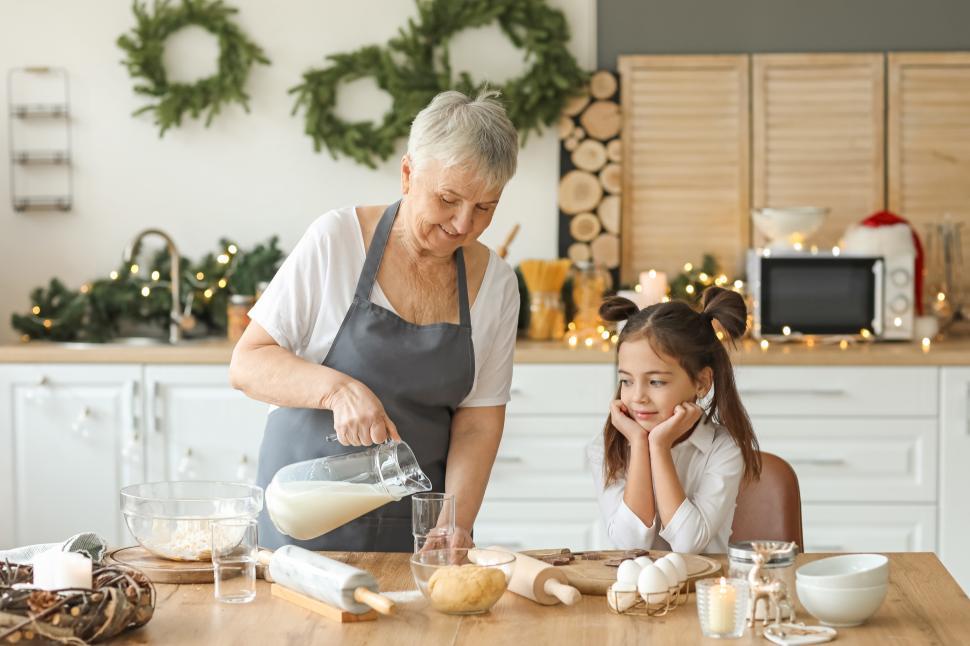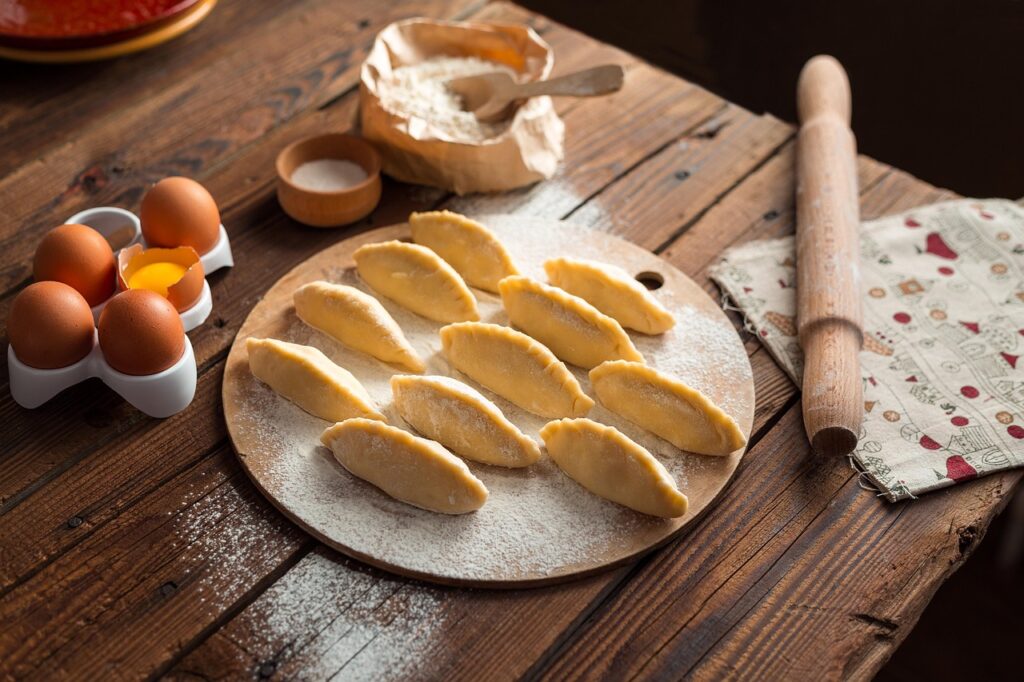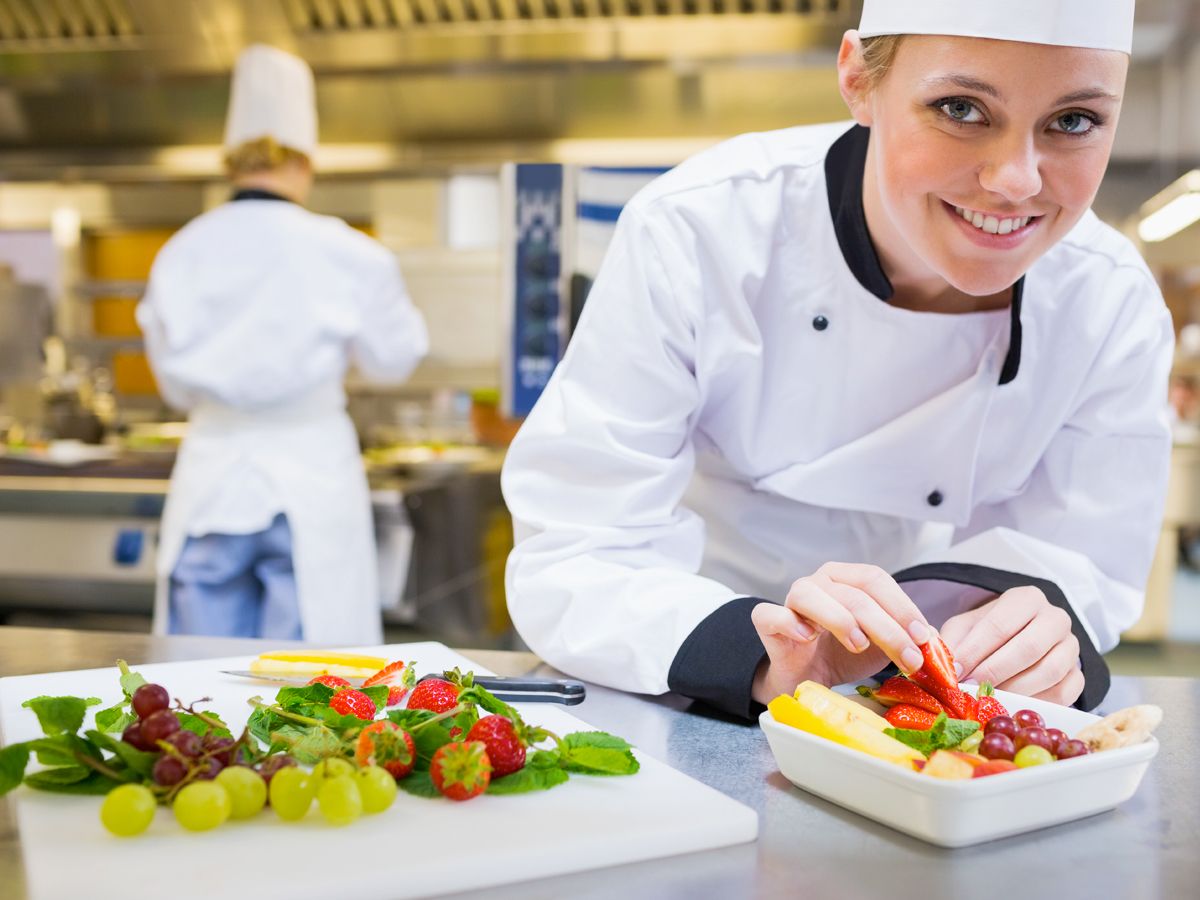
In today’s visually driven world, the art of culinary photography has exploded, captivating audiences across every platform imaginable. You see it everywhere – from beautifully curated cookbooks and captivating restaurant menus to the endless, mouth-watering feeds of social media. It’s a field that has truly boomed, fueled by our collective passion for cooking, eating, and sharing our gastronomic adventures with the world.
At its heart, photographing meals is a specialized form of product photography, but with an irresistible, edible twist. The ultimate goal is simple yet profound: to showcase, share, persuade, and ultimately, make mouths water. Whether you’re an aspiring professional or just looking to elevate your everyday food snaps, mastering this craft can transform the way you interact with food and connect with your audience.
This comprehensive manual is designed to equip you with everything you need to know about capturing stunning culinary images. We’ll delve into the best camera equipment, the lenses that truly make a difference, and the accessories that are indispensable for any serious food photographer. Get ready, because styling food will soon be as easy as pie with our insider tips, ingenious techniques, and even a few sneaky tricks to make your dishes truly pop. As the great Bernard Shaw wisely put it, “There is no sincerer love than the love of food,” and it’s time to capture that love in every single shot.
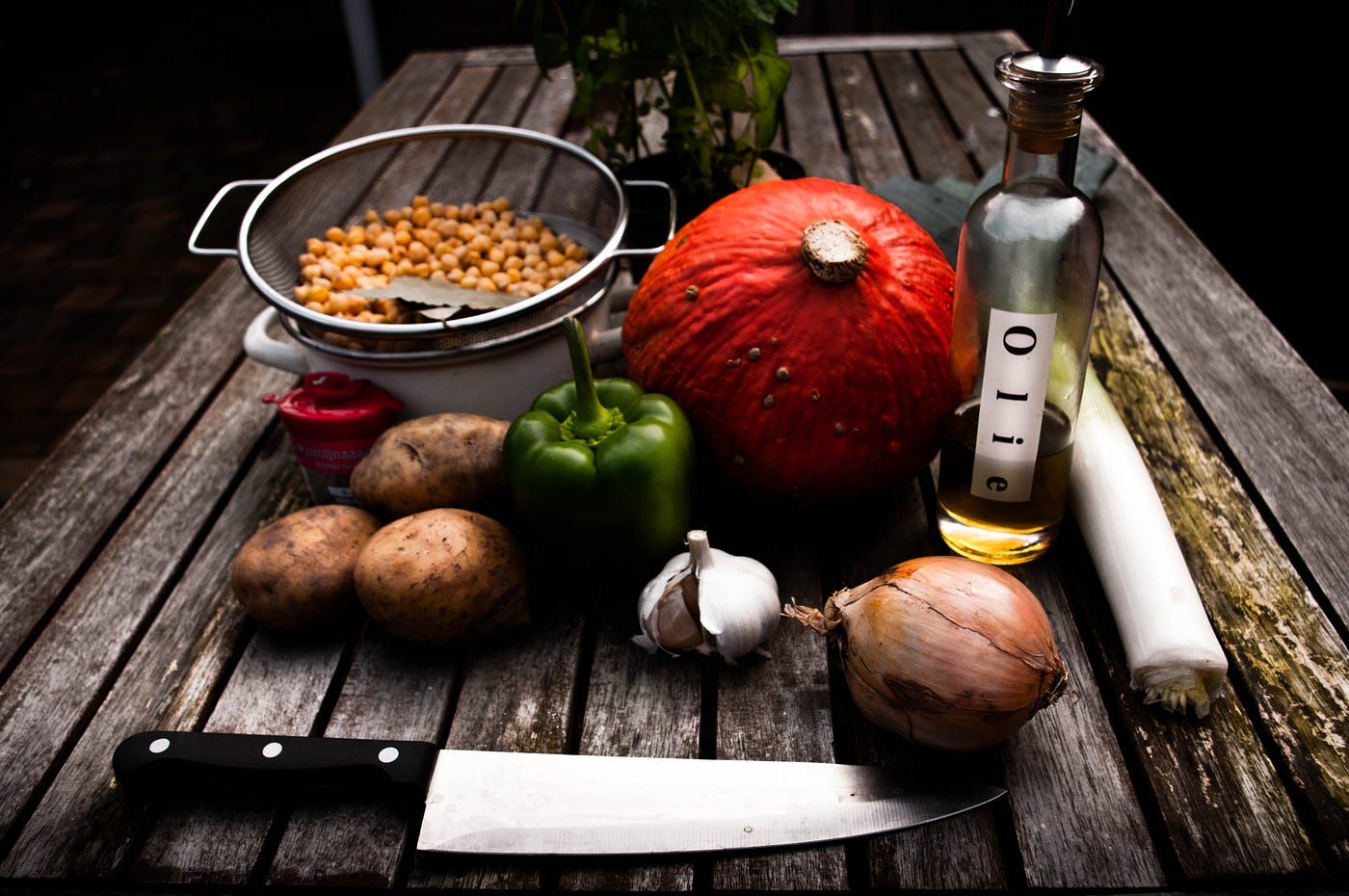
1. **Understanding the Core of Culinary Photography**
Taking pictures of food has undeniably surged in popularity in recent years, becoming a vibrant and essential area of photography. This growth is deeply intertwined with contemporary trends, as more people embrace home cooking and the pervasive influence of social media empowers everyone to share their culinary creations, whether they’re cooking or simply enjoying a meal out. The visual appeal of food has become a powerful language in itself.
Beyond personal sharing, the sheer proliferation of restaurants, offering an incredible diversity of cuisines, means there’s an ever-increasing demand for professional food photography. Every dish, every beverage, and every treat needs to be captured to showcase its beauty, share its essence, persuade potential diners, and, most importantly, evoke that irresistible mouth-watering desire. It’s about telling a story and creating an experience before the first bite is even taken.
This makes culinary photography a field ripe with opportunity and creative potential. It’s not just about snapping a quick picture; it’s about understanding the nuances of presentation, lighting, and composition to truly do justice to the culinary art. Our aim here is to provide you with a comprehensive manual covering every aspect of capturing these delightful images, from the foundational principles to advanced techniques.
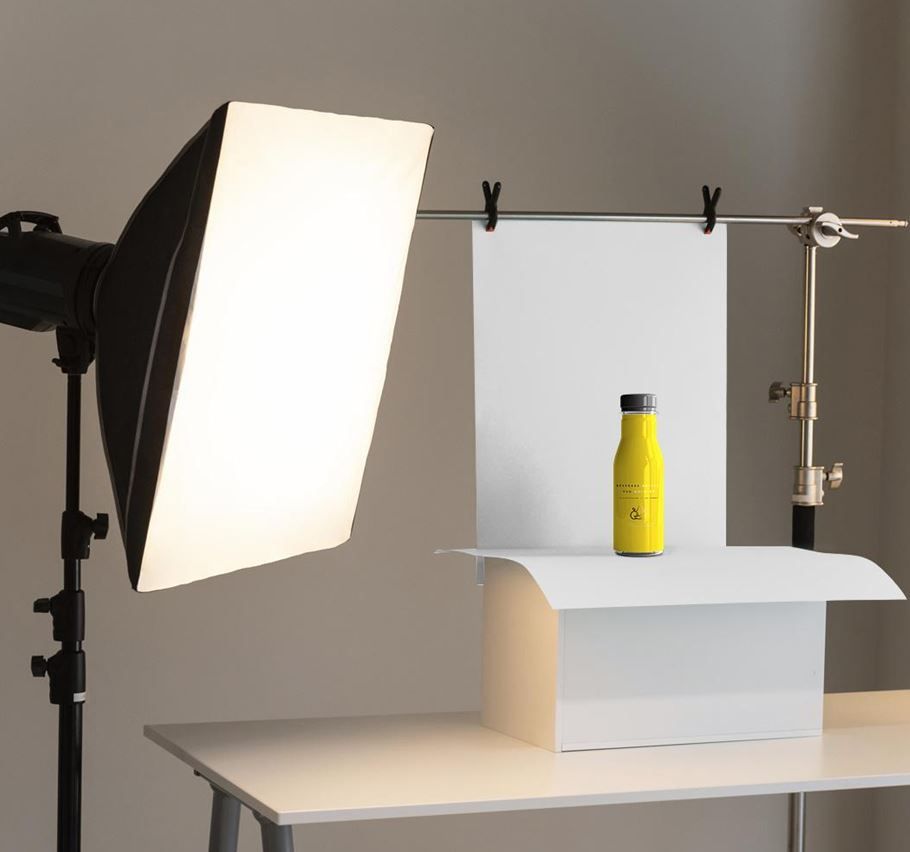
2. **Mastering Lighting: Natural, Artificial, and Blended Approaches**
Lighting conditions are paramount in product and culinary photography, fundamentally shaping the mood and clarity of your images. When it comes to illuminating your dishes and foodstuffs, there are three primary approaches to consider, each with its own advantages and considerations. Understanding these options is key to achieving consistent and professional results.
Natural light is often the first choice for many photographers, especially those starting out, and for good reason. It’s abundant, free, and readily available; anyone can utilize a window as a direct light source for their shoot. Placing a diffuser between the window and the food can create an incredibly even light fall, softening harsh shadows and reducing the intensity of the light. Reflectors, used both indoors and out, are also invaluable for bouncing light back towards your subject, further softening shadows and adding detail. While not always super easy to harness perfectly, natural light is by far the cheapest option that works almost any time of the day.
However, there are times when artificial light becomes essential, particularly in studios without windows or when natural light simply isn’t strong enough. This doesn’t have to be overly complicated; often, a single light source is sufficient. Softboxes, for instance, are relatively inexpensive, easy to set up and pack away, and provide a constant, controllable flow of light that can be easily moved to achieve different angles or to mute harsh illumination. By combining an artificial light source with reflectors, you can effectively minimize harsh shadow areas, ensuring more detail and richer textures in your final image.
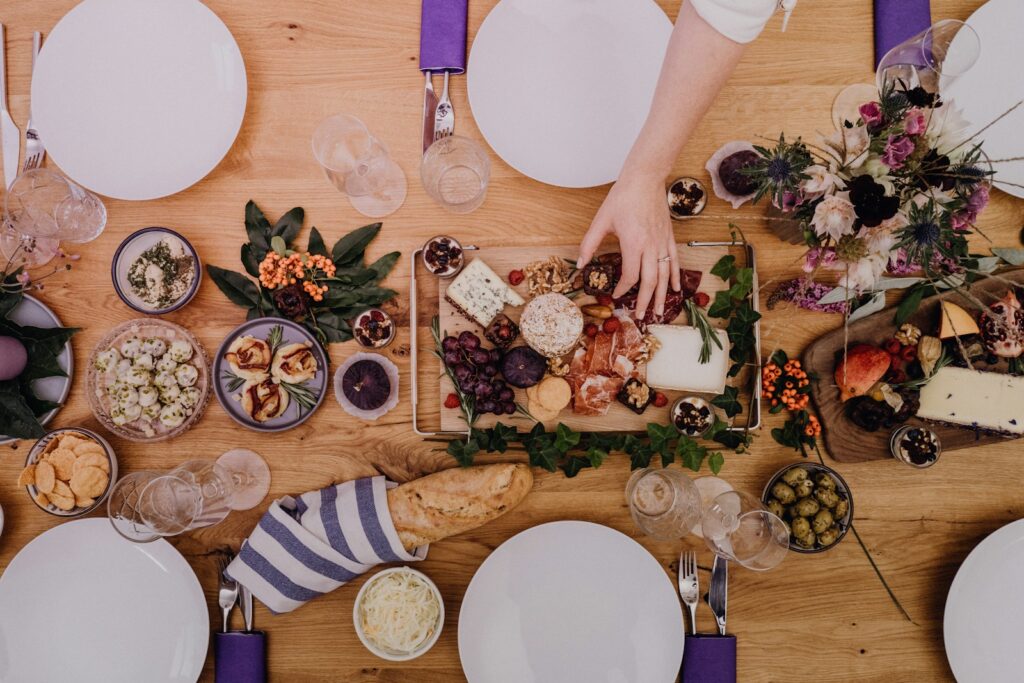
3. **Strategic Composition: Arranging Your Culinary Story**
After setting up your lighting, the next critical element to master in culinary photography is composition – the art of arranging meals and related items within your frame. Effective composition isn’t just about placing objects; it’s about guiding your viewer’s eye, creating visual harmony, and telling a compelling story about the food. It’s where creativity truly meets technique to elevate a simple snapshot into a piece of art.
One highly effective compositional technique to explore is the Fibonacci spiral, also known as the golden spiral. Instead of arranging your culinary items in a rigid straight line, aligning them along a gentle curve can infuse your image with a sense of flow and dynamic movement. This approach subtly yet powerfully guides the viewer’s gaze around the entire image, ensuring that all key elements are noticed and appreciated. It works particularly well for overhead shots that feature multiple components, creating a cohesive and aesthetically pleasing visual narrative.
A great example of the Fibonacci spiral in action is seen in photographs of dishes like chicken biryani, where the curves of the serving bowls inherently lead the eye directly to the center of the main dish. Such thoughtful arrangement ensures that the most important aspects of your culinary creation are highlighted. Ultimately, the way you compose your shot determines how your food is perceived, making it crucial to experiment with different arrangements to find what best showcases your dish’s unique qualities.
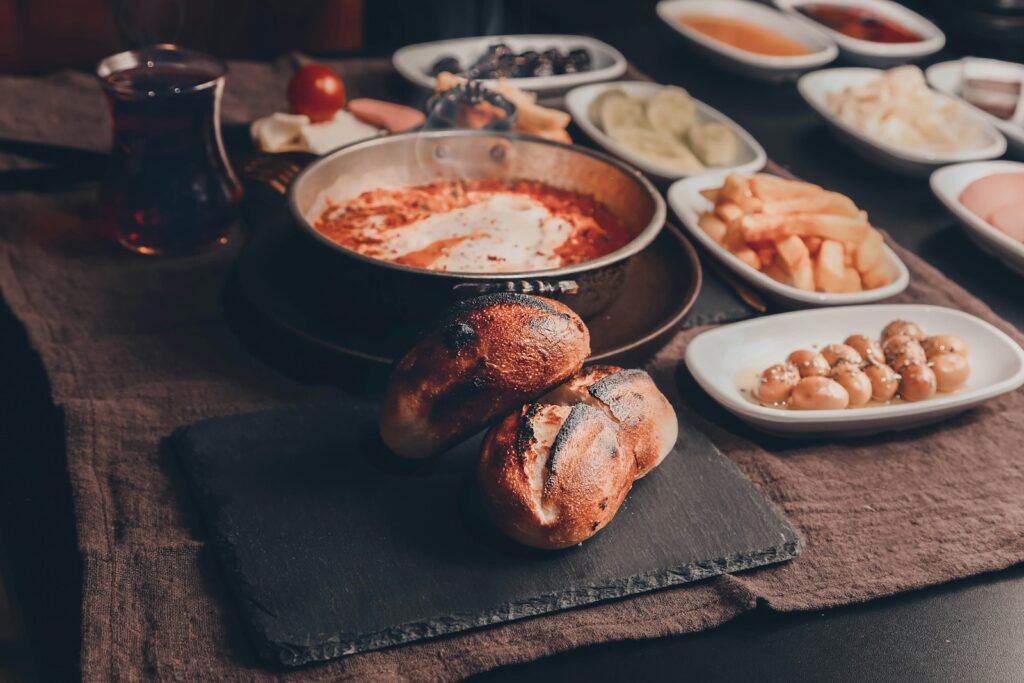
4. **Choosing the Perfect Angle for Impact**
The camera angle you choose can dramatically alter the perception and mood of your food photograph, often being dictated by the specific requirements of the shoot itself. For instance, if you’re photographing for an online meal delivery service, an aerial, straight-down shot might be mandated to clearly display the entire dish. However, for social media content or more “artsy” images, a different angle might be preferred to evoke a particular mood or appetite. The choice of angle is a powerful tool in your visual storytelling arsenal.
Certain items naturally lend themselves to specific perspectives. While an aerial photograph is excellent for showcasing a vast array of dishes or a wide spread, a head-on photograph might be more effective for highlighting minute, intricate details of a single dish. Conversely, a 45-degree photograph, taken from slightly above the food looking down, offers a wide area of background. This perspective provides ample opportunity for creative styling of the backdrop, allowing you to enhance the overall effect and create a richer, more immersive scene.
It’s important to consider what you want to emphasize. Some restaurants might want to highlight not just the food, but also their beautiful place settings, making a wider 45-degree or even slightly higher angle ideal. The cheesecake image mentioned in our guide, designed for a social media post, is a prime example of an angle chosen specifically to create a mood and stimulate appetite, rather than just documenting the dish. Mastering these various angles will provide you with immense flexibility and control over your final images.
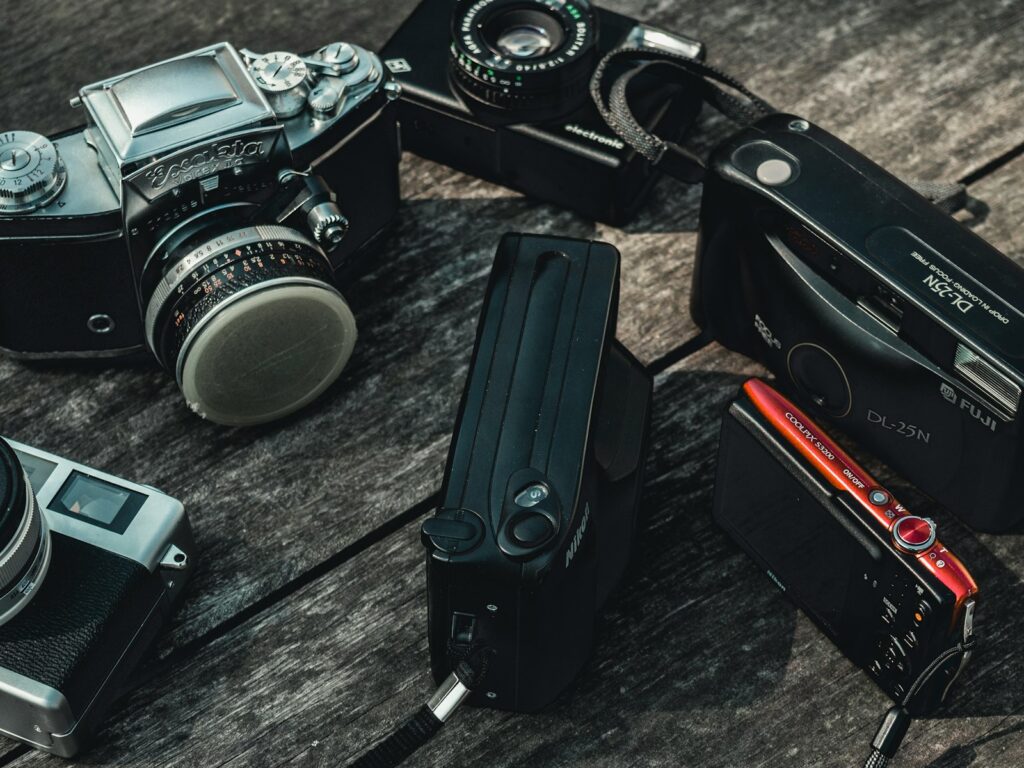
5. **Navigating Camera Gear: From DSLRs to Smartphones**
When it comes to camera gear for culinary photography, opinions can vary widely, and it’s easy to get lost in the endless debate. Ultimately, the right equipment often depends on your specific needs and budget. For professional work, especially when freelancing for agencies, a full-frame camera – whether a DSLR or, increasingly, a mirrorless camera – is often a non-negotiable requirement, signifying a significant financial investment. These cameras offer superior image quality, dynamic range, and control crucial for high-end results.
However, it’s equally important to recognize that excellent results are achievable with less expensive equipment, even a smartphone. A shot of beef carpaccio, for instance, demonstrates that even a humble iPhone 8 can perform well enough for many circumstances, particularly for casual sharing or personal projects. While you’re unlikely to run a full-fledged culinary photography business using just a smartphone, their competitive image quality, along with accessible post-processing apps and myriad social media outlets, make them incredibly versatile for many aspiring food photographers.
Crucially, you don’t need to pay a premium for features like absurdly high burst speeds or eye-tracking autofocus, which are more relevant for action photography. Instead, focus on cameras that offer good manual focus control, high dynamic range, and ISO permanence, as these attributes are far more useful in the controlled environment of food photography. For those preferring to use a smartphone, taking control of natural light is key; as the article suggests, if you look after the light, the shadows will look after themselves. The background, too, plays a vital role in creating mood.
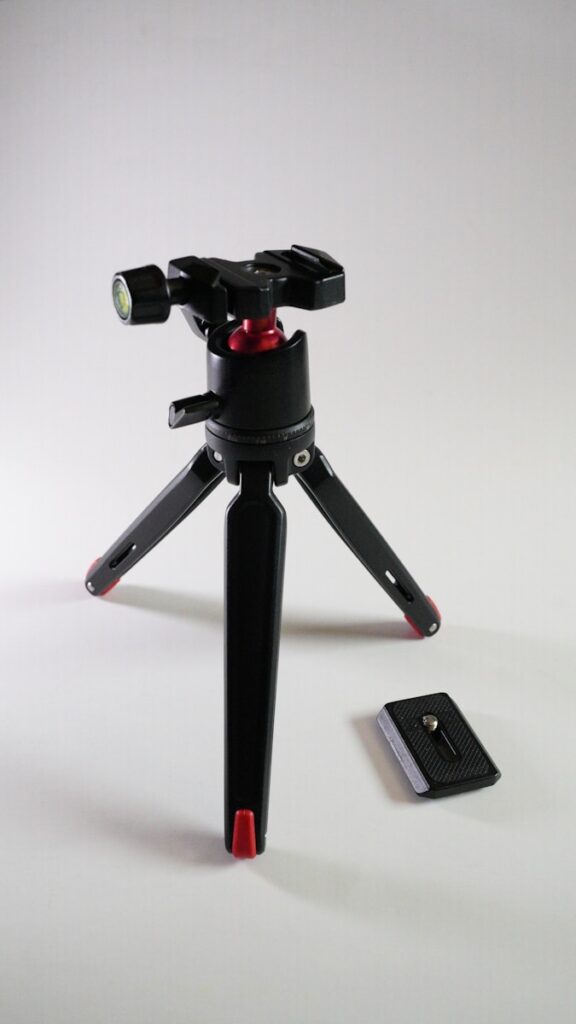
6. **The Indispensable Role of a Tripod**
While sometimes overlooked, a tripod is an absolutely essential piece of equipment for many culinary photography situations, fundamentally changing the way you approach a shoot. It becomes indispensable for overhead photos, for example, which often require a tripod with a tilting central pillar to position the camera directly above the subject, ensuring a perfectly flat lay image. Its stability is unmatched, allowing for precise and consistent shot framing.
Beyond enabling specific angles, a tripod provides a secure and stable platform for your camera, which is incredibly beneficial when you’re spending extended periods meticulously arranging a scene. Food styling can be a time-consuming process, and having your camera fixed in place ensures that your perspective doesn’t shift, allowing you to make small, precise adjustments to your props and dishes without needing to re-align your shot constantly. This consistency is vital for professional-grade results.
Furthermore, using a tripod allows you to utilize manual focus with complete confidence, ensuring that your focal point is exactly where you want it to be. This precision is particularly necessary for advanced techniques like image stacking, where multiple photographs of the same item, each focused on a different part, are later combined to create an image with immense depth of field and sharpness. Investing in a good tripod, as many expert photographers attest, can be a game-changer for enhancing both the technical quality and the artistic control of your food photography.
Product on Amazon: Trail Camera Viewer, Game Camera SD Card Reader for Hunters to View Images and Videos for iPhone 15 or Later and Android (USB-C)
Brand: Brand: Cabor
Price: 9.99 USD
Rating: 4.2 Total reviews: 388
Recommended Uses For Product: Game & Trail
Model Name: 091901
Connectivity Technology: Wired
Special Feature: Game Tracking & Trail Monitoring
Shopping on Amazon >>
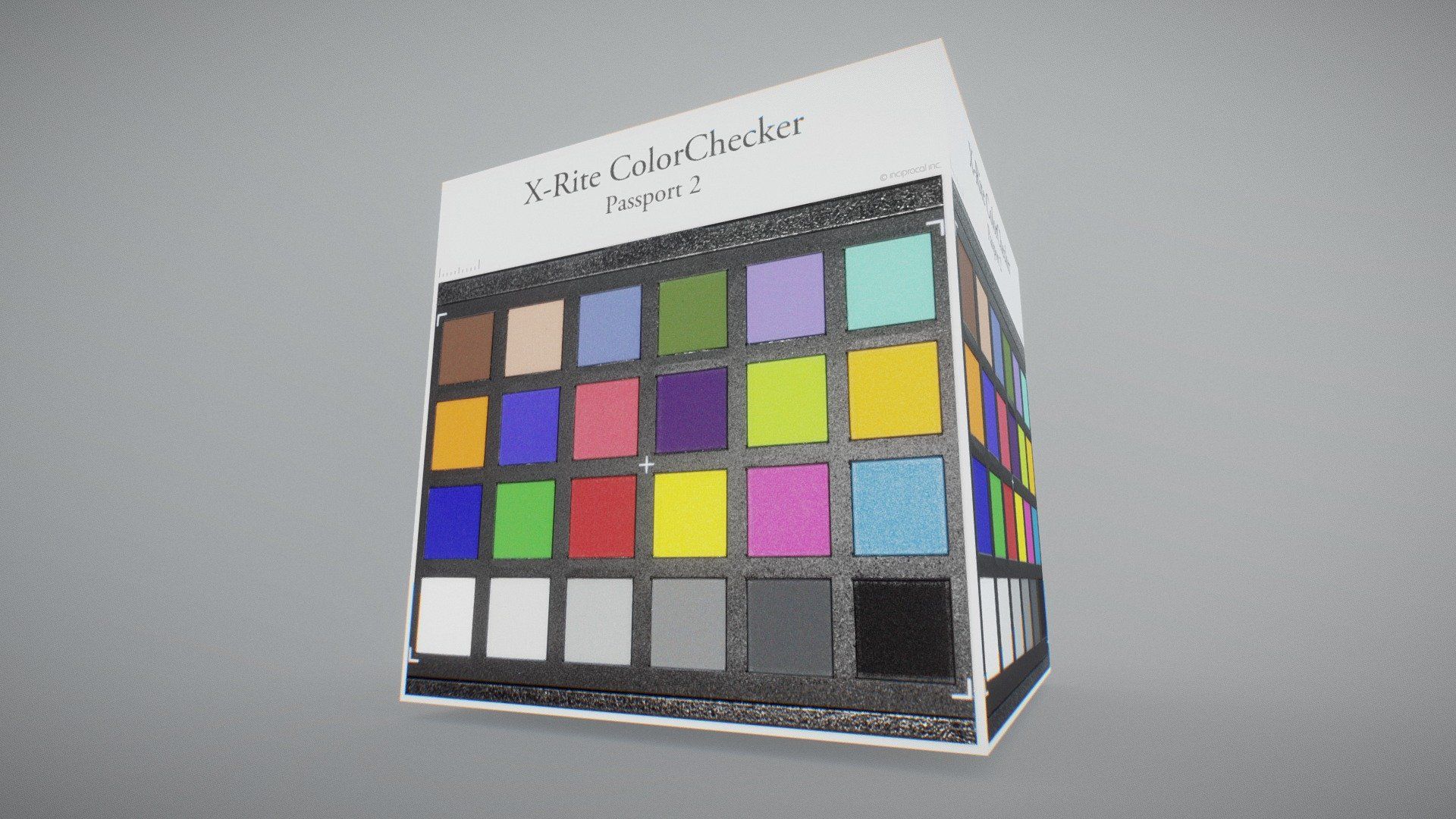
7. **Achieving Color Perfection with a Color Checker**
In the intricate world of food photography, every detail matters, and color management is no exception. Whether it’s the shallow depth of field of a grand dish or the subtle elements like spices sprinkled around, accurate color reproduction is paramount for conveying the true essence and appeal of your culinary subject. Colors can either beautifully complement each other or create an interesting, intentional juxtaposition, but only if they are true to life.
The challenge often arises with white balance, especially when using two different light temperatures, which can lead to undesirable color casts. While camera settings allow you to set the white balance to the light temperature used, this becomes problematic in mixed lighting. This is where a color checker becomes an invaluable tool. It allows you to correct white balance and color during post-processing with unparalleled accuracy, ensuring that the colors in your final image are exactly as they should be, true to the specifics of the shoot.
A color checker is a small, specialized box displaying a variety of colors, which you photograph at the very beginning of your shoot, before any other images are taken. Then, during the post-processing phase, you use this color checker image to correct the white balance in your editing software. While it isn’t exactly cheap, its ability to meticulously calibrate your colors makes it a worthwhile investment for professional and serious amateur photographers seeking precise color fidelity. It’s a simple yet highly effective way to guarantee that your food looks as vibrant and appealing in the photo as it does in person.
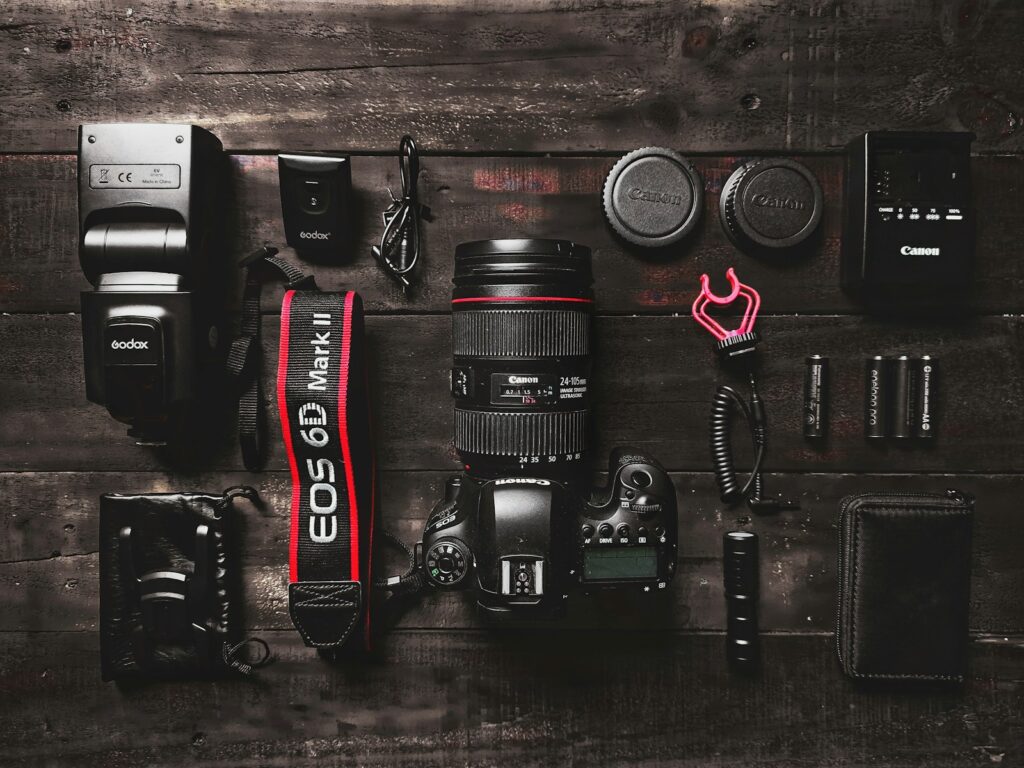
8. **Selecting the Perfect Equipment for Styling and Support**
Beyond the camera body and lenses, the world of culinary photography demands a specific set of styling tools that are often overlooked but incredibly beneficial for achieving professional results. These seemingly minor accessories are your secret weapons for meticulous arrangement and pristine presentation. For instance, something as simple as paper towels is a must for keeping dishes spotless and blotting up any spills, ensuring your culinary canvas remains immaculate.
Then there are the precision instruments. Tweezers become absolutely necessary for delicately moving small, fine items or soft foods, allowing for precise placements that make all the difference in your composition. Cotton buds are excellent for spot-cleaning, wiping away errant smudges, or collecting random drops of liquid that could distract from your masterpiece. And don’t underestimate the power of brushes, which are incredibly important for evenly oiling surfaces or adding just the right amount of water to an object to enhance its visual appeal.
Beyond these tools, understanding how to utilize props and create layers and textures can truly elevate your imagery. Adding height to your scene using items like cutting boards, cake stands, or glasses of varying heights can create a natural frame and visual interest. Even a wrinkled kitchen towel can introduce texture and break up monotony, adding visual differences and layers. As one expert puts it, aiming for about three layers of texture, such as a napkin, cutlery, herbs, or spices, significantly enhances food photos.
Product on Amazon: Pixel Perfect Camera Colour Correction Card – 4×6 for Photo and Video – Reference Tool Grey Card Target White Balance Exposure Temperature Colour Calibration Chart, Set of 2
Brand: Brand: Pixel Perfect
Price: 13.99 USD
Rating: 4 Total reviews: 358
Shopping on Amazon >>
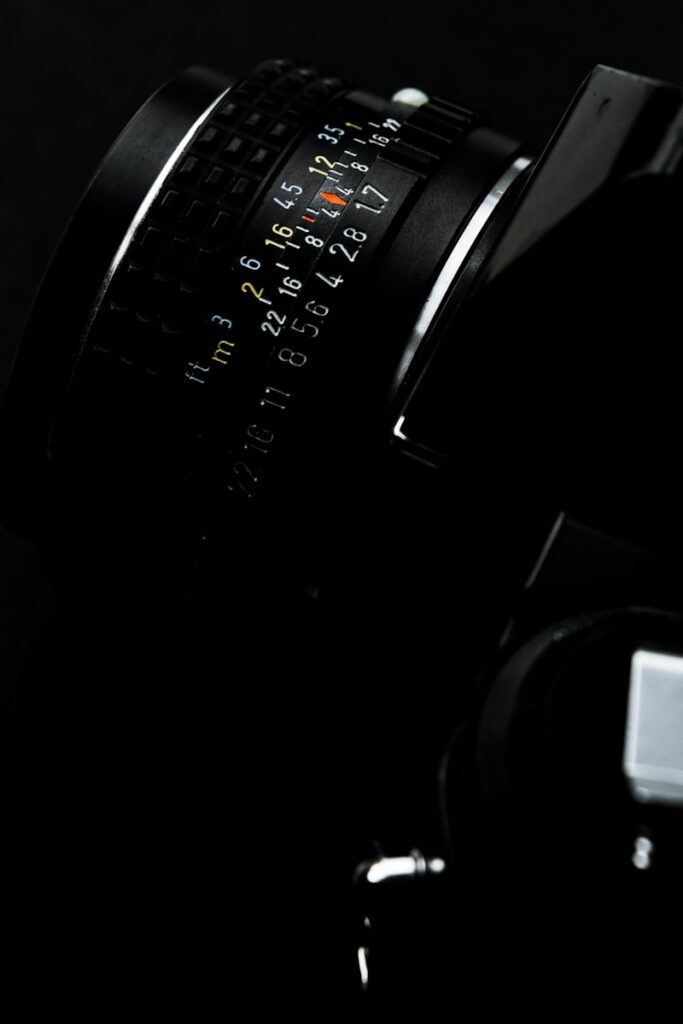
9. **Strategic Lens Choices for Captivating Detail and Scope**
Choosing the appropriate lens for capturing culinary images can feel like navigating a maze, but the right selection profoundly impacts your final shot, depending heavily on the specific needs of your shoot and your budget. For most culinary photography, a versatile zoom lens often proves to be the most useful, offering the flexibility to get up close for intricate details or go wide for expansive spreads without the hassle of constantly changing lenses. A 24-105mm f/4.0 lens, for example, is often cited as an ideal choice for such tasks.
However, the world of lenses extends far beyond zooms, each offering unique capabilities. Wide-angle lenses, while excellent for capturing large spreads of food and table settings, especially in low light, come with the disadvantage of distortion, which can warp images near the frame’s edge. While this aberration can be interesting for fun projects, it’s best kept away from serious professional shoots, as overuse can appear amateurish.
The 50mm prime lens, affectionately known as a “nifty fifty,” is a highly recommended staple for any photographer due to its exceptional quality, minimal distortion, and remarkable sharpness. It offers a decent wide view and can achieve very shallow depths of field, which is fantastic for drawing attention away from distracting backdrops. For those seeking to capture the most minute details, macro lenses are indispensable. They allow you to get incredibly close to your subject, revealing textures and intricacies with a very small minimum focusing distance, though they can be challenging to use in cramped spaces. Lastly, the tilt-shift lens offers unique creative control by manipulating the focal plane, allowing for slanted or spot focus, though its high cost and complexity make it a niche tool best utilized by those who can apply it across various photographic fields.

10. **Crafting Creative DIY Backgrounds for Personalized Scenes**
Just like any form of product imagery, capturing compelling images of meals requires an intentional setting. While real-life backdrops in kitchens, dining establishments, or outdoor areas can be effective, depending on the food choice and styling, you might find that dedicated backgrounds or backdrops are necessary for truly showcasing your dishes. In such cases, you have two primary options: either purchase ready-made backdrops or, more creatively and cost-effectively, make them yourself.
DIY backgrounds offer a fantastic opportunity to create personalized settings for your food photography. Not only are they custom-tailored to your specific culinary capture, but they also won’t break the bank, making them an accessible option for photographers at any level. This approach allows you to experiment with different textures, colors, and patterns, ensuring that your backdrop perfectly complements the dish rather than distracting from it.
When designing or choosing backgrounds, simplicity often yields the best results. Simple patterns work exceptionally well, particularly when the food itself is plain and understated, allowing the dish to truly stand out. Remember, the background you capture the meals on is just as important as the meals themselves; it plays a vital role in creating a mood or tone for your image, moving beyond a blank, white area to establish a richer, more immersive visual narrative.
Product on Amazon: Monstrum Rubberized Flip-Up Rifle Scope Lens Covers (Objective Bell | 49-54 mm/1.9-2.1 inch Diameter)
Brand: Monstrum
Binding: Sports Product Group: Sports
Price: 13.99 USD
Rating: 4.3 Total reviews: 6403
Color: Black
Sport: Hunting
Item Weight: 0.02 Kilograms
Material: Rubber and Polymer
Objective Lens Diameter: 40 Millimeters
Compatible Devices: Rifle
Mounting Type: Picatinny Mount
Night vision: No
Manufacturer: Monstrum
Shopping on Amazon >>

11. **Innovative Techniques and Tips for Enhancing Your Food Imaging**
Elevating your food photography often involves employing a variety of clever techniques and tips that go beyond basic camera settings. One fundamental approach is to strategically play around with place settings. This includes incorporating elements like napkins, cutlery, and drinks, all of which contribute to conveying a specific mood or story around your culinary subject. Sometimes, the food can speak for itself, but these additions enhance its voice.
For truly dynamic and attention-grabbing shots, consider incorporating special effects. Water splash photography, for instance, can add immense flair to your images, particularly for items that inherently scream moisture, such as fruits or refreshing beverages. This technique requires specific application; it wouldn’t suit dehydrated foods, but for the right subject, it can be precisely what your photography needs. Similarly, something as simple as a flour cloud can add action and a sense of movement to your scene, transforming an ordinary shot into something special.
Another atmospheric addition that can be challenging yet rewarding to capture is steam, especially when you want to emphasize that your subject is hot. While it’s not always easy to photograph, there are both straightforward methods and clever tricks to ensure you capture that inviting wisp of warmth. Beyond effects, compositional creativity like layering objects (e.g., a smaller plate on top of a larger one to add a 3D effect to your 2D image) and utilizing the power of triangles (three objects creating a natural visual balance, as opposed to two or four) can significantly add interest and depth to your culinary snapshots.
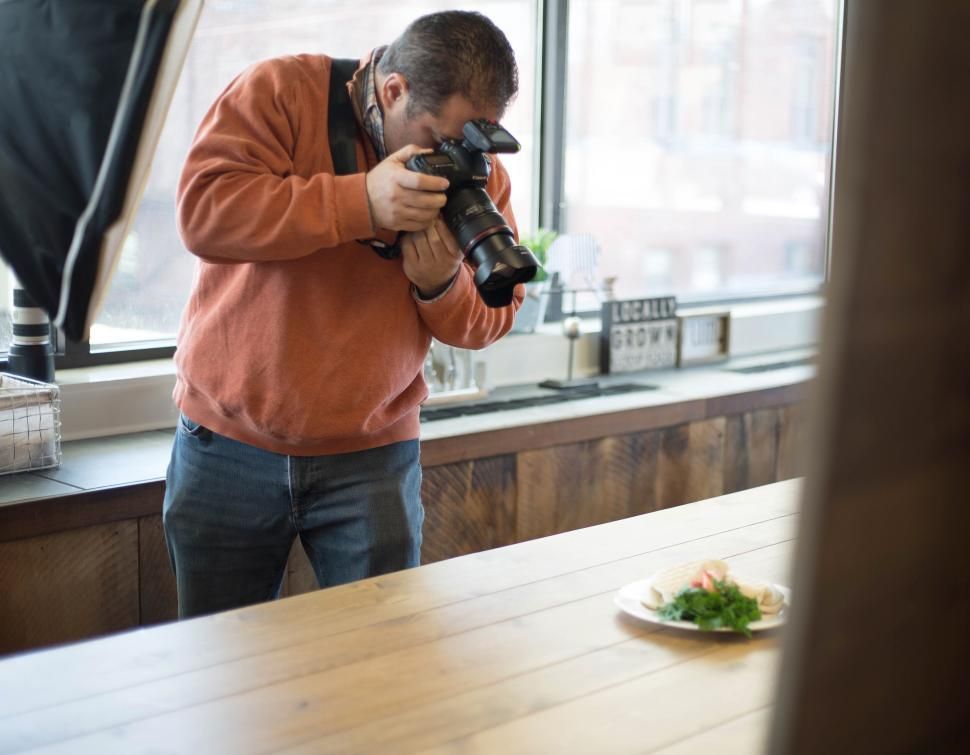
12. **Solving Typical Challenges in Capturing Culinary Photos**
Professional food photography gigs often present unique challenges that require inventive and practical solutions. Unlike other subjects, food has a limited shelf life on set; ice can melt rapidly, and steam can vanish before you get the perfect shot. Instead of rushing and relying on extensive post-processing corrections, numerous handy tips exist to overcome these common hurdles and ensure your culinary creations look their best from the moment they’re photographed.
Consider the notorious difficulty of photographing ice cream, which can’t last more than a few minutes under a window or light source without melting. This is why many photographers ingeniously use mashed potatoes instead of real ice cream. Mashed potatoes are pliable, resemble the alternative visually, especially when combined with food coloring, and hold their shape indefinitely under hot lights. Similarly, for burger photos, especially for editorial purposes where realism is key, adding distinct grill marks to the meat or bun can make the subject look significantly more appetizing and less ordinary.
Another specific challenge arises with certain food types, such as chocolate. While it might seem straightforward to photograph, the lights used in a setup can actually cause your subject to melt. In some circumstances, you might even need to apply heat to achieve certain effects, but maintaining control over the environment is crucial. The goal is to prevent the chocolate chips, or any other delicate element, from succumbing to the heat and losing their desired form, ensuring that every detail remains exactly where it should be.
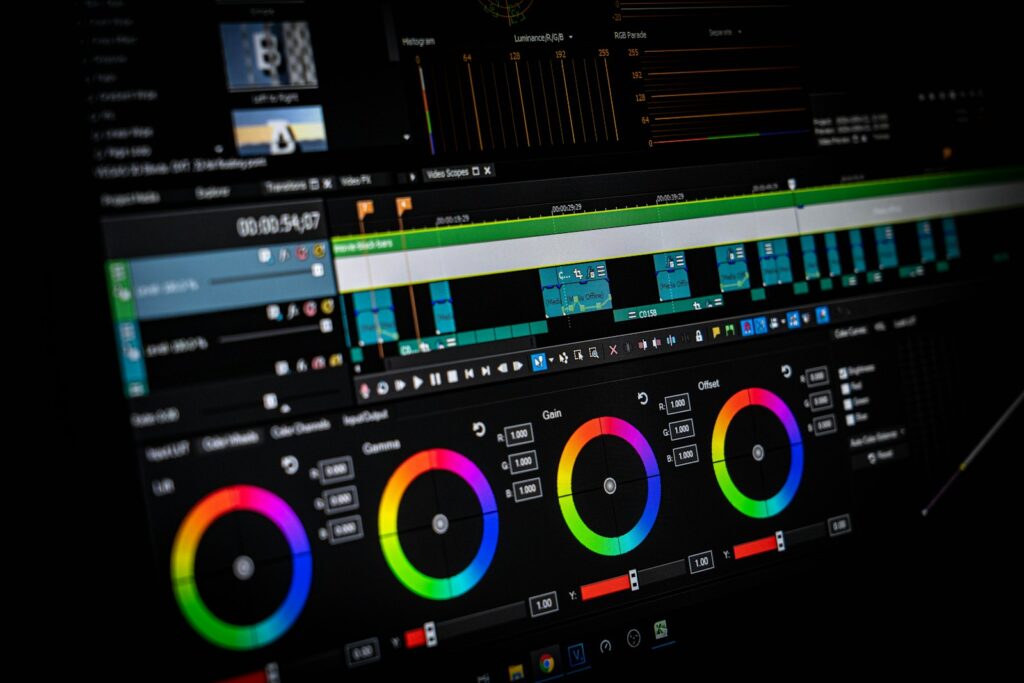
13. **Powerful Post-Processing Methods for Polished Results**
Once you’ve captured your culinary masterpieces, the journey isn’t over. Post-processing is a crucial phase where you can refine and enhance your images, transforming good shots into truly stunning ones. A fundamental tool in this process, often found both on your camera and in editing software, is the histogram. This clever little box visually represents the tonal range of your photograph, showing where values lie across blacks, shadows, mid-tones, highlights, and whites. It instantly tells you if your image is over- or underexposed, empowering you to make precise corrections in real-time or during editing.
For achieving unparalleled sharpness across your culinary subject, especially when using a shallow depth of field, focus stacking is an invaluable technique. The concept is straightforward: you capture multiple photographs of the same item, each focused on a different small part. Maintaining a fixed camera position, you then meticulously refocus on another section until the entire item has been photographed in crisp detail. These individual images are then ‘stacked’ together using post-processing software, resulting in a final image where the main subject is entirely in focus while the background remains beautifully blurred, creating a high-quality differential focus over a wider area.
For software choices, Adobe Lightroom is an excellent starting point for culinary image editing due to its robust library system for organizing thousands of images, intuitive keyword and tagging features, and non-destructive editing capabilities that allow you to revert to original images anytime. Its user-friendly, no-nonsense layout makes adjustments like exposure and contrast incredibly easy. However, for more intensive tasks such as airbrushing, intricate modifications, or working with text and layer masks, Adobe Photoshop truly shines. Many professionals use a combined workflow, leveraging Lightroom’s organizational power and basic adjustments before importing images into Photoshop for more complex refinements, offering boundless possibilities, especially with the advent of generative AI.
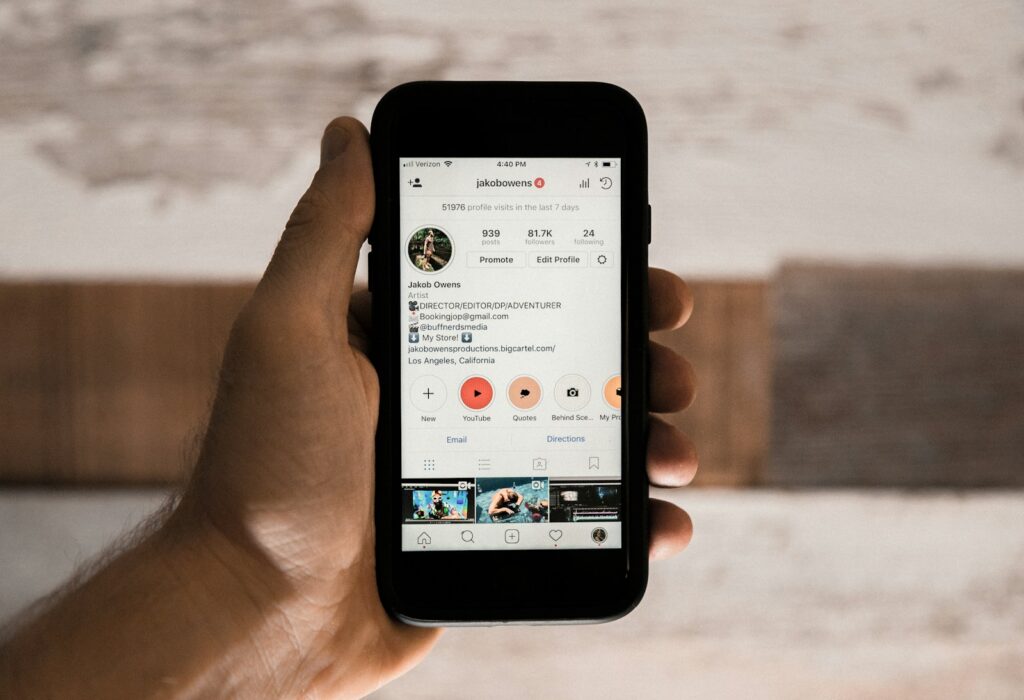
14. **Invaluable Insights from Seasoned Professionals**
In the dynamic world of food photography, continuous learning and absorbing wisdom from those who have mastered the craft are truly transformative. The generosity within the food photography community, where creatives openly share their support and insights, is one of its most wonderful aspects. These tips, gleaned from experienced photographers, offer practical, actionable advice that can immediately elevate your work.
Many professionals emphasize the importance of continuous observation, suggesting that spending 10-15 minutes daily absorbing beautiful images from blogs and Pinterest can refresh creativity and inspire new perspectives. Others highlight technical skills, such as mastering the balance between depth of field and shutter speed to tell stories through sharpness and exposure, or the transformative impact of using a tripod, not just for stability but for precise scene styling. Equally crucial is the advice to shoot tethered, allowing real-time adjustments for lighting and styling by seeing the final photo immediately.
Beyond technical mastery, strategic planning and compositional awareness are paramount. Seasoned photographers recommend sketching out photo shoot ideas to capture your overall vision, focusing on the story, props, color palette, and lighting direction to bring mental images to life. Thinking about negative space in your composition can give the viewer room to breathe, creating a soothing visual experience. Finally, a powerful insight is to always identify your dish’s greatest strength—be it freshness, texture, color, or the feeling it evokes—and its “hero side.” This combination will guide all your work, from lighting and angle to composition, ensuring your food truly pops and connects with your audience.
As we’ve journeyed through the incredible world of food photography, it’s clear that capturing stunning culinary images is a blend of technical know-how, artistic vision, and a dash of passion. From the foundational principles of lighting and composition to the nuanced art of styling, lens selection, and advanced post-processing, every tip and trick is designed to empower you to tell delicious visual stories. Whether you’re aiming for professional perfection or simply want to make your home-cooked meals look as good as they taste, these insights provide the blueprint. So grab your camera, embrace the light, and let your culinary creations shine – because every dish has a story waiting to be told, and you’re now equipped to tell it beautifully. Happy shooting, and may your food always look irresistibly delicious!

